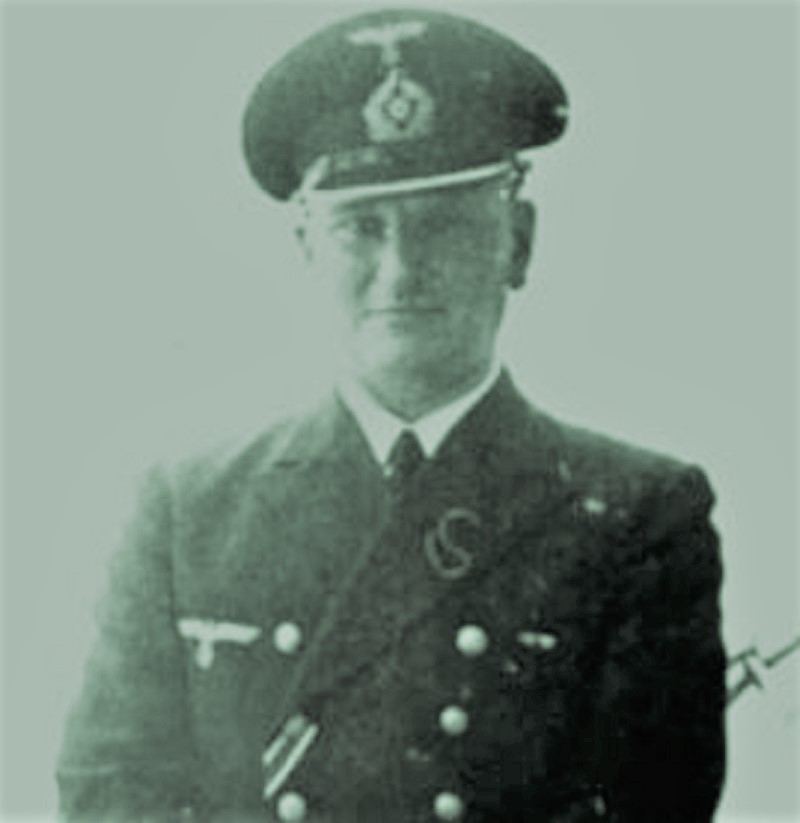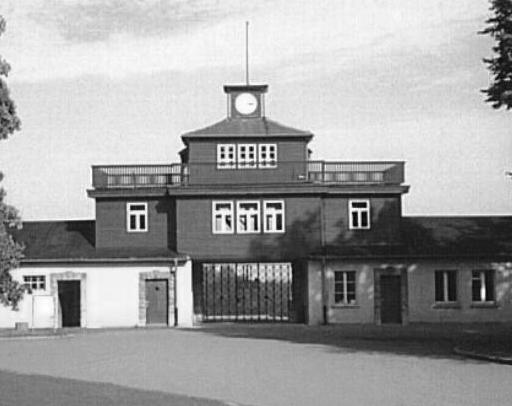The Cowra breakout occurred on 5 August 1944, when at least 1,104 Japanese prisoners of war attempted to escape from a prisoner of war camp near Cowra, in New South Wales, Australia. It was the largest prison escape of World War II, as well as one of the bloodiest. During the ensuing manhunt, 4 Australian soldiers and 231 Japanese soldiers were killed. The remaining escapees were captured and imprisoned.

By August 1944 there were 2,223 Japanese prisoners of war in Australia, including 544 merchant seamen. Of these 1,104 were housed in Camp B of No. 12 Prisoner of War Compound near Cowra, in the central west of New South Wales. They were guarded by the 22nd Garrison Battalion.
On Friday 4 August, in response to information that the Japanese were discussing a mass outbreak, notice was given that all Japanese prisoners below the rank of Lance Corporal would be transferred to the Hay Prisoner of War Camp. About 2 am on Saturday 5 August 1944 a prisoner ran shouting to the camp gates. Soon afterwards an unauthorised bugle was heard and prisoners, armed with knives and improvised clubs, rushed from their huts and began breaking through the wire fences. Sentries opened fire but several hundred prisoners escaped into open country, while others who remained set fire to the camp buildings.

On the night of the breakout three Australian soldiers were killed and another three were wounded. Privates B.G. Hardy and R. Jones, who were overwhelmed while manning a machine gun post, were posthumously awarded the George Cross.
Cowra, a farming district, 314 km due west of Sydney, was the town nearest to No. 12 Prisoner of War Compound, a major POW camp, where 4,000 Axis military personnel and civilians were detained. The prisoners at Cowra also included 2,000 Italians, Koreans who had served in the Japanese military, and Indonesian civilians detained at the request of the Dutch East Indies government.
Although the POWs were treated in accordance with the 1929 Geneva Convention,

relations between the Japanese POWs and the guards were poor, due largely to significant cultural differences.A riot by Japanese POWs at Featherston prisoner of war camp in New Zealand, in February 1943, led to security being tightened at Cowra. Eventually the camp authorities installed several Vickers and Lewis machine guns to augment the rifles carried by the members of the Australian Militia’s 22nd Garrison Battalion, which was composed mostly of old or disabled veterans or young men considered physically unfit for frontline service.
In the first week of August 1944, a tip-off from an informer at Cowra led authorities to plan a move of all Japanese POWs at Cowra, except officers and NCOs, to another camp at Hay, New South Wales, some 400 km to the west. The Japanese were notified of the move on 4 August.
At about 2 a.m. a Japanese POW ran to the camp gates and shouted what seemed to be a warning to the sentries. Then a Japanese bugle sounded. A sentry fired a warning shot. More sentries fired as three mobs of prisoners, shouting “Banzai“, began breaking through the wire, one mob on the northern side, one on the western and one on the southern. They flung themselves across the wire with the help of blankets. They were armed with knives, baseball bats, clubs studded with nails and hooks, wire stilettos and garotting cords.
The bugler, Hajime Toyoshima, had been Australia’s first Japanese prisoner of the war.Soon afterwards, prisoners set most of the buildings in the Japanese compound on fire.

Within minutes of the start of the breakout attempt, Privates Ben Hardy and Ralph Jones manned the No. 2 Vickers machine-gun and began firing into the first wave of escapees. They were soon overwhelmed by the sheer weight of numbers and killed. Before dying, Private Jones managed to remove and hide the gun’s bolt, rendering the gun useless. This prevented the prisoners from turning the machine gun against the guards.
Some 359 POWs escaped, while some others attempted or committed suicide, or were killed by their countrymen. Some of those who did escape also committed suicide to avoid recapture. All the survivors were recaptured within 10 days of their breakout.
During the escape and subsequent round-up of POWs, four Australian soldiers and 231 Japanese soldiers were killed and 108 prisoners were wounded. The leaders of the breakout ordered the escapees not to attack Australian civilians, and none were killed or injured.
The government conducted an official inquiry into the events. Its conclusions were read to the Australian House of Representatives by Prime Minister John Curtin on 8 September 1944. Among the findings were:

- Conditions at the camp were in accordance with the Geneva Conventions;
- No complaints regarding treatment had been made by or on behalf of the Japanese before the incident, which appeared to have been the result of a premeditated and concerted plan;
- The actions of the Australian garrison in resisting the attack averted a greater loss of life, and firing ceased as soon as they regained control;
- Many of the dead had committed suicide or been killed by other prisoners, and many of the Japanese wounded had suffered self-inflicted wounds.[
Privates Hardy and Jones were posthumously awarded the George Cross as a result of their actions.

Australia continued to operate No. 12 Camp until the last Japanese and Italian prisoners were repatriated in 1947.
Cowra maintains a significant Japanese war cemetery.
In addition, a commemorative Japanese garden was later built on Bellevue Hill to memorialize these events. The garden was designed by Ken Nakajima in the style of the Edo period.

On the 5th of August 2014 Japanese and Australian survivors and descendants gathered in Cowra for a memorial service.
I am passionate about my site and I know you all like reading my blogs. I have been doing this at no cost and will continue to do so. All I ask is for a voluntary donation of $2, however if you are not in a position to do so I can fully understand, maybe next time then. Thank you.
To donate click on the credit/debit card icon of the card you will use. If you want to donate more then $2 just add a higher number in the box left from the PayPal link. Many thanks.





 Later, the entire crew was moved to P.O.W. camps in Canada.
Later, the entire crew was moved to P.O.W. camps in Canada.









































You must be logged in to post a comment.